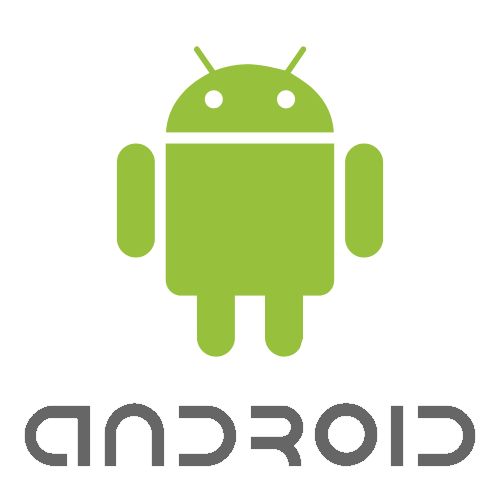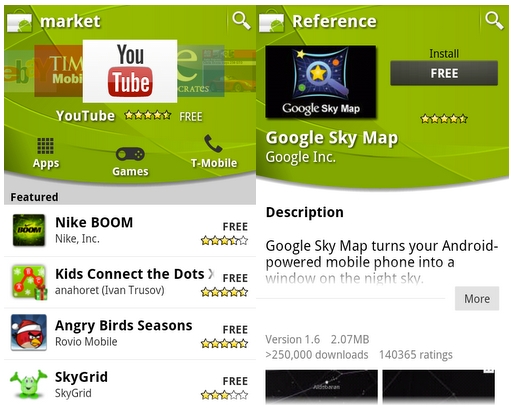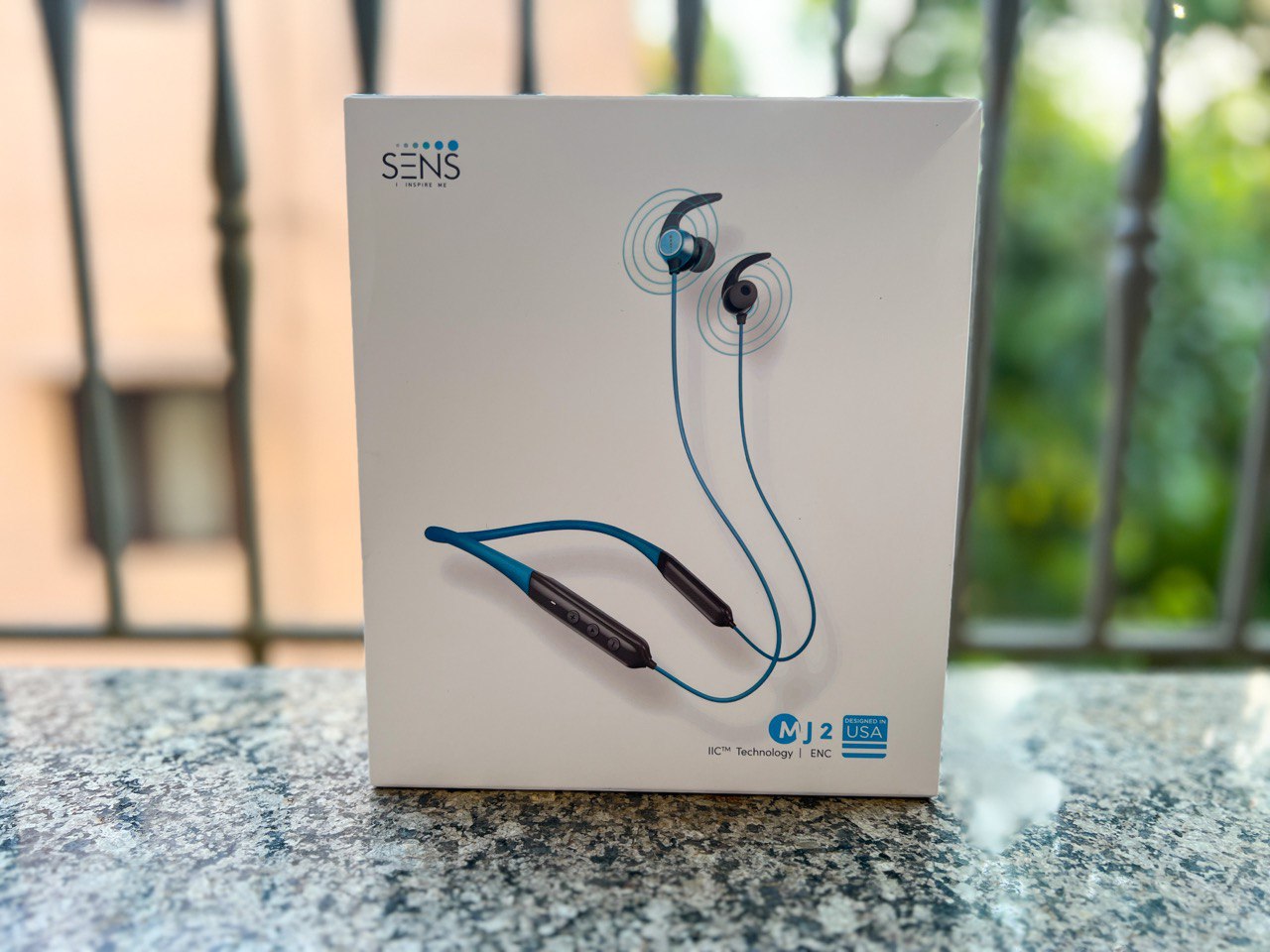

Android is a Linux based operating system for mobile devices such as smartphones and tablet computers. It is developed by the Open Handset Alliance led by Google.
Google purchased the initial developer of the software, Android Inc., in 2005. The unveiling of the Android distribution in 2007 was announced with the founding of the Open Handset Alliance, a consortium of 84 hardware, software, and telecommunication companies devoted to advancing open standards for mobile devices.Google releases the Android code as open-source, under the Apache License. The Android Open Source Project (AOSP) is tasked with the maintenance and further development of Android.
Android has a large community of developers writing applications (“apps”) that extend the functionality of the devices. Developers write primarily in a customized version of Java. As of October 2011 there were more than 400,000 apps available for Android, and the estimated number of applications downloaded from the Android Market as of December 2011 exceeded 10 billion. Apps can be downloaded from third-party sites or through online stores such as Android Market, the app store run by Google.
Android was listed as the best-selling smartphone platform worldwide in Q4 2010 by Canalys with over 200 million Android devices in use by November 2011.According to Google’s Andy Rubin, as of December 2011 there are over 700,000 Android devices activated every day.
Foundation
Android, Inc. was founded in Palo Alto, California, United States in October, 2003 by Andy Rubin (co-founder of Danger), Rich Miner (co-founder of Wildfire Communications, Inc.), Nick Sears (once VP at T-Mobile), and Chris White (headed design and interface development at WebTV) to develop, in Rubin’s words “…smarter mobile devices that are more aware of its owner’s location and preferences”. Despite the obvious past accomplishments of the founders and early employees, Android Inc. operated secretly, revealing only that it was working on software for mobile phones. That same year, Rubin ran out of money. Steve Perlman, a close friend of Rubin, brought him $10,000 in cash in an envelope and refused a stake in the company.
Acquisition by Google
Google acquired Android Inc. on August 17, 2005, making Android Inc. a wholly owned subsidiary of Google Inc. Key employees of Android Inc., including Andy Rubin, Rich Miner and Chris White, stayed at the company after the acquisition.[11] Not much was known about Android Inc. at the time of the acquisition, but many assumed that Google was planning to enter the mobile phone market with this move.
Post-acquisition development
At Google, the team led by Rubin developed a mobile device platform powered by the Linux kernel. Google marketed the platform to handset makers and carriers on the promise of providing a flexible, upgradable system. Google had lined up a series of hardware component and software partners and signaled to carriers that it was open to various degrees of cooperation on their part.
Speculation about Google’s intention to enter the mobile communications market continued to build through December 2006. Reports from the BBC and The Wall Street Journal noted that Google wanted its search and applications on mobile phones and it was working hard to deliver that. Print and online media outlets soon reported rumors that Google was developing a Google-branded handset. Some speculated that as Google was defining technical specifications, it was showing prototypes to cell phone manufacturers and network operators.
In September 2007, InformationWeek covered an Evalueserve study reporting that Google had filed several patent applications in the area of mobile telephony.
Open Handset Alliance
On November 5, 2007, the Open Handset Alliance, a consortium of several companies which include Broadcom Corporation, Google, HTC, Intel, LG, Marvell Technology Group, Motorola, Nvidia, Qualcomm, Samsung Electronics, Sprint Nextel, T-Mobile and Texas Instruments unveiled itself. The goal of the Open Handset Alliance is to develop open standards for mobile devices. On the same day, the Open Handset Alliance also unveiled their first product, Android, a mobile device platform built on the Linux kernel version 2.6.
On December 9, 2008, 14 new members joined, including ARM Holdings, Atheros Communications, Asustek Computer Inc, Garmin Ltd, Huawei Technologies, PacketVideo, Softbank, Sony Ericsson, Toshiba Corp, and Vodafone Group Plc.
Android Open Source Project
The Android Open Source Project (AOSP) is led by Google, and is tasked with the maintenance and development of Android. According to the project “The goal of the Android Open Source Project is to create a successful real-world product that improves the mobile experience for end users.”[40] AOSP also maintains the Android Compatibility Program, defining an “Android compatible” device “as one that can run any application written by third-party developers using the Android SDK and NDK”, to prevent incompatible Android implementations. The compatibility program is also optional and free of charge, with the Compatibility Test Suite also free and open-source.
Version history
Android has seen a number of updates since its original release, each fixing bugs and adding new features. Each version is named, in alphabetical order, after a dessert.
- Recent releases
- 2.3 Gingerbread refined the user interface, improved the soft keyboard and copy/paste features, improved gaming performance, added SIP support (VoIP calls), and added support for Near Field Communication.
- 3.0 Honeycomb was a tablet-oriented release which supports larger screen devices and introduces many new user interface features, support for multi-core processors, hardware acceleration for graphics and full system encryption.[48][49] The first device featuring this version, the Motorola Xoom tablet, went on sale in February 2011.
-
- 3.1 Honeycomb, released in May 2011, added support for extra input devices, USB host mode for transferring information directly from cameras and other devices, and the Google Movies and Books apps.
-
- 3.2 Honeycomb, released in July 2011, added optimization for a broader range of screen sizes, new “zoom-to-fill” screen compatibility mode, loading media files directly from SD card, and an extended screen support API. Huawei MediaPad is the first 7 inch tablet to use this version.
4.0 Ice Cream Sandwich, announced on October 19, 2011, brought Honeycomb features to smartphones and added new features including facial recognition unlock, network data usage monitoring and control, unified social networking contacts, photography enhancements, offline email searching, app folders, and information sharing using NFC. Android 4.0.3 Ice Cream Sandwich is the latest Android version that is available to phones. The source code of Android 4.0.1 was released on November 14, 2011.
Features
Current features and specifications:
- Handset layouts
- The platform is adaptable to larger, VGA, 2D graphics library, 3D graphics library based on OpenGL ES 2.0 specifications, and traditional smartphone layouts.
- Storage
- SQLite, a lightweight relational database, is used for data storage purposes.
- Connectivity
- Android supports connectivity technologies including GSM/EDGE, IDEN, CDMA, EV-DO, UMTS, Bluetooth, Wi-Fi, LTE, NFC and WiMAX.
- Messaging
- SMS and MMS are available forms of messaging, including threaded text messaging and now Android Cloud To Device Messaging (C2DM) is also a part of Android Push Messaging service.
- Multiple language support
- Android supports multiple languages.
- Web browser
- The web browser available in Android is based on the open-source WebKit layout engine, coupled with Chrome’s V8 JavaScript engine. The browser scores 100/100 on the Acid3 test on Android 4.0, however it does have some rendering issues.
- Java support
- While most Android applications are written in Java, there is no Java Virtual Machine in the platform and Java byte code is not executed. Java classes are compiled into Dalvik executables and run on Dalvik, a specialized virtual machine designed specifically for Android and optimized for battery-powered mobile devices with limited memory and CPU. J2ME support can be provided via third-party applications.
- Media support
- Android supports the following audio/video/still media formats: WebM, H.263, H.264 (in 3GP or MP4 container), MPEG-4 SP, AMR, AMR-WB (in 3GP container), AAC, HE-AAC (in MP4 or 3GP container), MP3, MIDI, Ogg Vorbis, FLAC, WAV, JPEG, PNG, GIF, BMP.
- Streaming media support
- RTP/RTSP streaming (3GPP PSS, ISMA), HTML progressive download (HTML5 <video> tag). Adobe Flash Streaming (RTMP) and HTTP Dynamic Streaming are supported by the Flash plugin.[71] Apple HTTP Live Streaming is supported by RealPlayer for Android, and by the operating system in Android 3.0 (Honeycomb).
- Additional hardware support
- Android can use video/still cameras, touchscreens, GPS, accelerometers, gyroscopes, barometers, magnetometers, dedicated gaming controls, proximity and pressure sensors, thermometers, accelerated 2D bit blits (with hardware orientation, scaling, pixel format conversion) and accelerated 3D graphics.
- Multi-touch
- Android has native support for multi-touch which was initially made available in handsets such as the HTC Hero. The feature was originally disabled at the kernel level (possibly to avoid infringing Apple’s patents on touch-screen technology at the time). Google has since released an update for the Nexus One and the Motorola Droid which enables multi-touch natively.
- Bluetooth
- Supports A2DP, AVRCP, sending files (OPP), accessing the phone book (PBAP), voice dialing and sending contacts between phones. Keyboard, mouse and joystick (HID) support is available in Android 3.1+, and in earlier versions through manufacturer customizations and third-party applications.
- Video calling
- Android does not support native video calling, but some handsets have a customized version of the operating system that supports it, either via the UMTS network (like the Samsung Galaxy S) or over IP. Video calling through Google Talk is available in Android 2.3.4 and later. Gingerbread allows Nexus S to place Internet calls with a SIP account. This allows for enhanced VoIP dialing to other SIP accounts and even phone numbers. Skype 2.1 offers video calling in Android 2.3, including front camera support.
- Multitasking
- Multitasking of applications is available.
- Voice based features
- Google search through voice has been available since initial release.[77] Voice actions for calling, texting, navigation, etc. are supported on Android 2.2 onwards.
- Tethering
- Android supports tethering, which allows a phone to be used as a wireless/wired Wi-Fi hotspot. Before Android 2.2 this was supported by third-party applications or manufacturer customizations.
- Screen capture
- Android natively supports the ability to capture a screenshot by method of pressing both the power and volume-down buttons at the same time on an Android device. This native support was first included within the Android 4.0 (Ice Cream Sandwich) update, which is first seen on the Galaxy Nexus smartphone. Previously, Android did not feature native support for screen capturing which would have likely been due to security concerns. Furthermore, prior manufacturer and third-party customizations as well as using a PC connection (DDMS developer’s tool) were the only known methods of capturing a screenshot on Android.
Android Market


Android Market is the online software store developed by Google for Android devices. An application program (“app”) called “Market” is preinstalled on most Android devices and allows users to browse and download apps published by third-party developers, hosted on Android Market. As of October 2011 there were more than 300,000 apps available for Android, and the estimated number of applications downloaded from the Android Market as of December 2011 exceeded 10 billion.The operating system itself is installed on 130 million total devices.
Only devices that comply with Google’s compatibility requirements are allowed to preinstall Google’s closed-source Android Market app and access the Market.The Market filters the list of applications presented by the Market app to those that are compatible with the user’s device, and developers may restrict their applications to particular carriers or countries for business reasons.
Google has participated in the Android Market by offering several applications themselves, including Google Voice (for the Google Voice service), Sky Map (for watching stars), Finance (for their finance service), Maps Editor (for their MyMaps service), Places Directory (for their Local Search), Google Goggles that searches by image, Gesture Search (for using finger-written letters and numbers to search the contents of the phone), Google Translate, Google Shopper, Listen for podcasts and My Tracks, a jogging application. In August 2010, Google launched “Voice Actions for Android”, which allows users to search, write messages, and initiate calls by voice.
Alternatively, users can install apps directly onto the device if they have the application’s APK file or from third party app stores such as the Amazon Appstore.
Also Read:
- What are Apps ?
- What is Android ?
- What is BlackBerry ?
- What is Apple ?
- What is Windows ?
- Install or Not Guides
- Install or Not Rating System
- What is Install or Not ?




